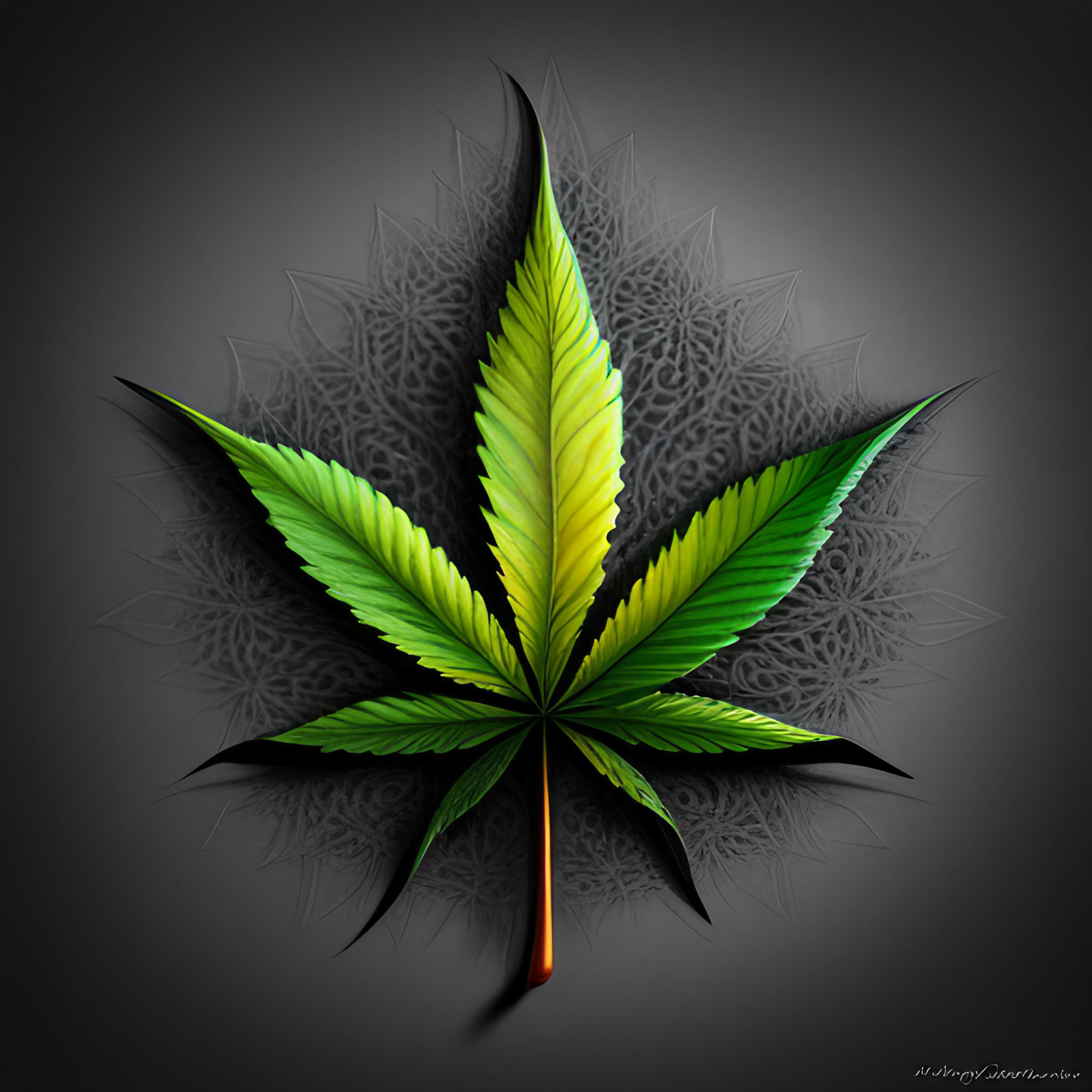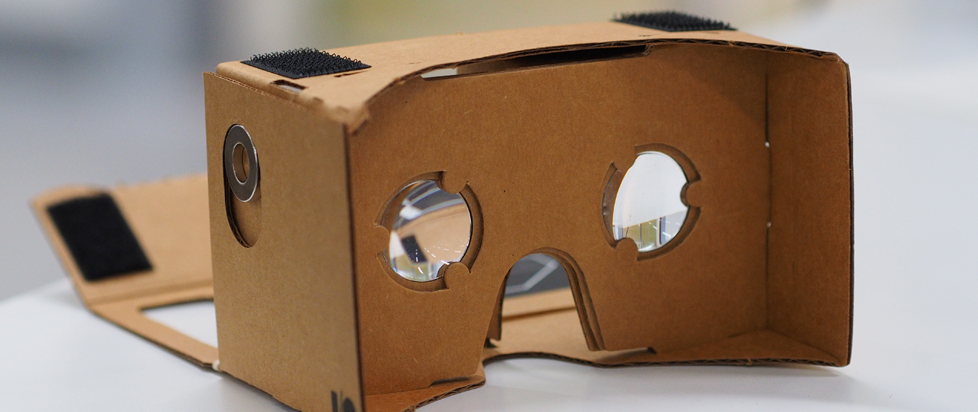Unlocking a Natural Energy Source: How CBD and CBG Gummies Can Fuel Your Day
Do you ever feel like you’re running out of gas during your day? Well, CBD and CBG gummies might be the perfect pick-me-up you need.

But what are CBD and CBG? They’re special ingredients found in hemp plants. Many people believe they have a lot of benefits for our bodies, including boosting our energy levels.
Marijuana and Its Derivatives
Marijuana and its derivatives have been used throughout history for various purposes. In ancient civilizations, cannabis was valued for its medicinal and spiritual applications. Over time, though, the recreational use of marijuana led to a negative stigma, with many regions around the world criminalizing its use.
However, in recent years, we’ve seen a shift back towards appreciating the potential benefits of compounds derived from the cannabis plant. This shift is due in large part to increasing scientific research into these compounds and their effects on the human body.
Two such compounds that have gained significant attention are CBD (cannabidiol) and CBG (cannabigerol).
These substances are found in both marijuana and hemp plants and are known as cannabinoids. Unlike THC (the compound in marijuana that gets you “high”), CBD and CBG are non-intoxicating. This means they can offer potential benefits without the psychoactive effects associated with marijuana.
Their popularity stems from the way these compounds interact with the body’s endocannabinoid system, a complex network that helps regulate various bodily functions like mood, sleep, and yes – energy levels. By interacting with this system, CBD and CBG are thought to help maintain a state of balance in the body, promoting overall wellbeing.
CBG Gummies: A Sweet Energy Boost
Think about how a car needs fuel to run. Your body is the same. It needs energy to get through the day.
Sometimes coffee or energy drinks might help, but too much can leave you feeling jittery or lead to a crash later on.
That’s where CBG gummies come in. They’re like little candies, but they do more than just taste good. They’re packed with CBG – natural ingredients that can help keep your energy levels steady throughout the day.
CBD: A Gentle Push
CBD, or cannabidiol, is a well-known part of the hemp plant. It doesn’t make you feel “high,” but it can help you feel more relaxed and less stressed.
And when we’re less stressed, we have more energy to focus on our tasks. So, CBD can give your day a gentle push in the right direction.
A Little More about the Chemistry
These substances have opened up a world of possibilities for a variety of products, from oils and tinctures to topical creams and edibles like gummies. CBD and CBG have become some of the most popular natural supplements on the market today.
But how exactly do they work?
CBG Biochemistry
CBG, or cannabigerol, is one of over 120 identified cannabinoid compounds found in the cannabis plant. Similar to CBD (cannabidiol) and THC (tetrahydrocannabinol), CBG is a phytocannabinoid, meaning it’s a cannabinoid produced by plants.
What makes CBG interesting in the world of cannabis chemistry is that it’s often referred to as the “mother” or “stem cell” of cannabinoids. This is because the precursor molecule to CBG, cannabigerolic acid (CBGA), is the foundational compound from which other cannabinoids are synthesized in the plant.
During the plant’s growth, enzymes in the cannabis plant convert CBGA into THCA (tetrahydrocannabinolic acid), CBDA (cannabidiolic acid), and CBCA (cannabichromenic acid), which when decarboxylated (exposed to heat), become THC, CBD, and CBC respectively.
CBG itself is typically present in low concentrations (usually less than 1%) in most cannabis strains. However, breeders are experimenting with genetic manipulation and crossbreeding of plants to create strains with higher CBG content.
On a molecular level, CBG is similar to other cannabinoids. It has a 21-carbon structure and is lipophilic, meaning it dissolves in fats and oils. It’s also a partial agonist of both the CB1 and CB2 receptors in the endocannabinoid system, which means it binds to these receptors but does not fully activate them.
This allows it to exert potential therapeutic effects without causing psychoactive effects, as it doesn’t activate these receptors as strongly as THC does.
The precise effects and benefits of CBG are still being studied. Early research suggests it may have potential anti-inflammatory, neuroprotective, and antibacterial properties, but more studies are needed to confirm these effects and understand how they can be utilized therapeutically.
As our understanding of cannabinoids and the endocannabinoid system grows, so too does our understanding of CBG. While there’s still much to learn, it’s clear that this cannabinoid has potential and a fascinating role in the overall chemistry of the cannabis plant.
CBD, or cannabidiol, is one of the most extensively researched and well-known cannabinoids found in the cannabis plant. Like CBG, it belongs to a class of compounds known as phytocannabinoids.
CBD Biochemistry
The chemical structure of CBD consists of 21 carbon atoms, 30 hydrogen atoms, and 2 oxygen atoms, giving it the molecular formula C21H30O2. It’s a cyclic compound with two aromatic rings, one of which is a resorcinol moiety (a benzene ring with two hydroxyl groups), attached to a 5-carbon isoprene unit with a chain of alkene and two methyl groups.
The three-dimensional structure of CBD is critical for its interaction with specific receptors in the human body. Its structure allows it to bind to certain receptors in the body’s endocannabinoid system (ECS), leading to the effects it has on the human body.
Unlike THC (tetrahydrocannabinol), which binds directly with CB1 receptors in the brain to produce psychoactive effects, CBD doesn’t bind directly to either the CB1 or CB2 receptors. Instead, CBD works indirectly by stimulating the body to produce more of its own endocannabinoids, which are naturally occurring compounds that interact with the ECS.
CBD also interacts with other receptors in the body, like the serotonin receptor 5-HT1A and the vanilloid receptor TRPV1, which are involved in processes like pain perception, mood regulation, and inflammation. This broad receptor activity is part of what makes CBD a subject of interest for its potential therapeutic effects.
Takeaway
While the body of research surrounding these cannabinoids is growing, much of the evidence regarding their benefits remains anecdotal or preliminary. Their full potential and long-term effects are still subjects of ongoing scientific investigation.
Their use should always be approached responsibly, considering potential interactions with other medications and individual reactions.
Finally, it’s essential to note that while CBD and CBG can be found in over-the-counter products like gummies, oils, and creams, these products are not intended to diagnose, treat, cure, or prevent any disease.
As with any supplement or health product, it’s always a good idea to consult with a healthcare provider to discuss if these products are right for you.




